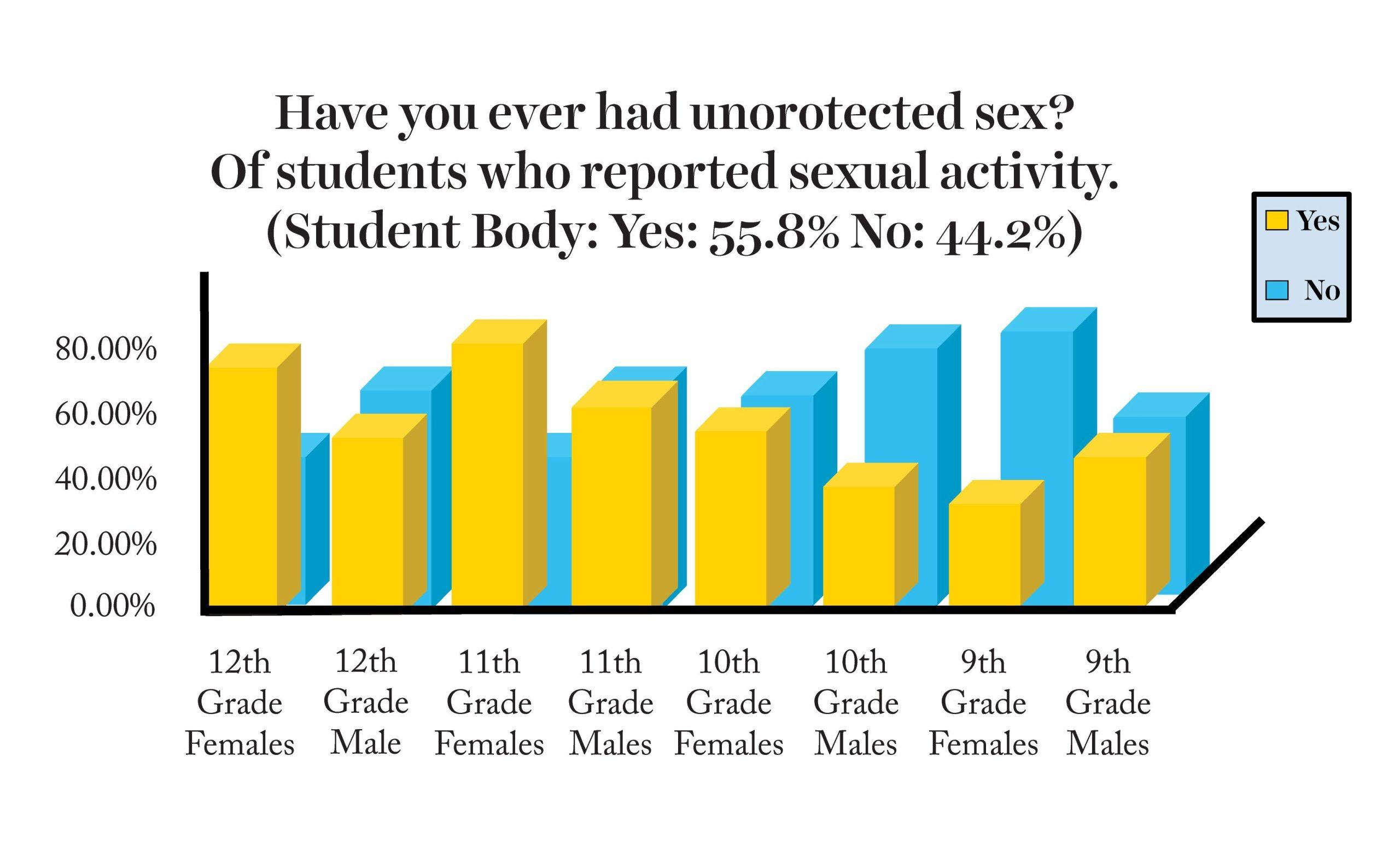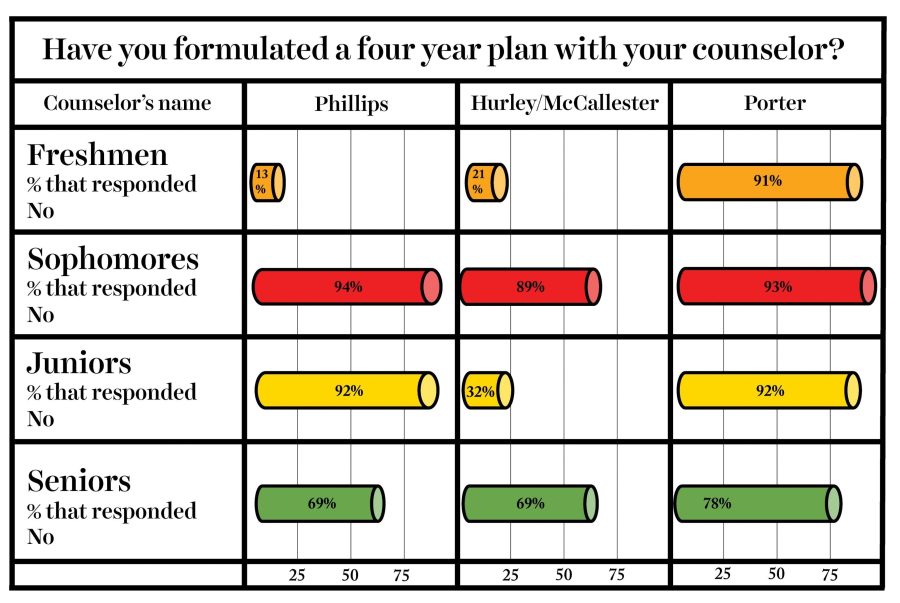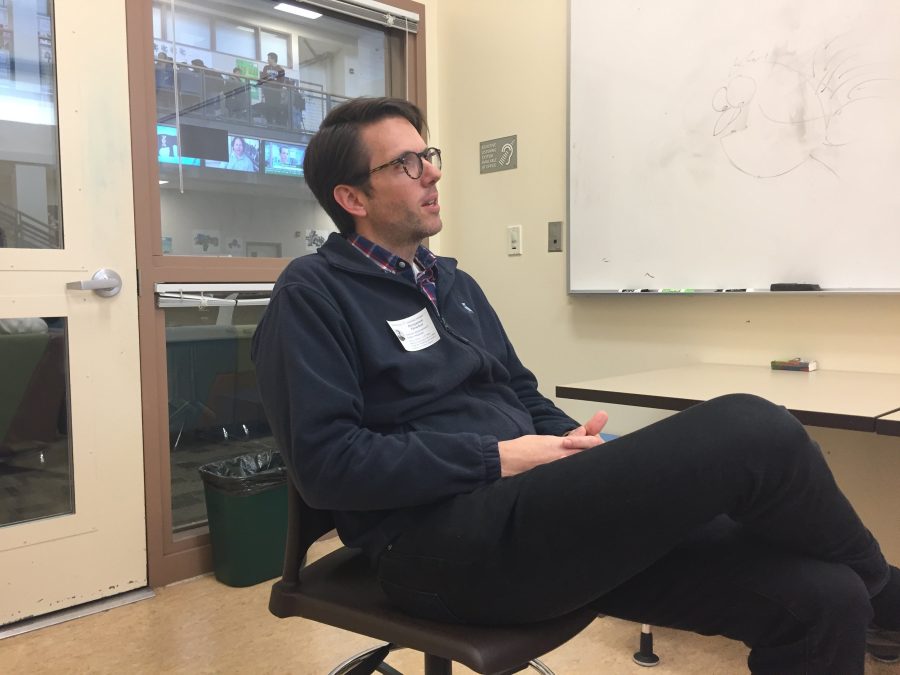A national survey from 1988 found that approximately 10 percent of American girls between the ages 15 and 19 became pregnant annually since 1973, according to the January 18, 1991 issue of The Campanile.
As school officials and parents grew more alarmed by this data, The Campanile shocked them once more in 1993, when it published the results of a poll, revealing that 55.8 percent of sexually active Paly students had engaged in unprotected sex. The poll’s findings prompted district officials to revise the curriculum for Living Skills, a course implemented in 1992.
The poll, administered to 344 students, also revealed that 1.7 percent of those surveyed had contracted sexually transmitted diseases (STDs). Brian Henderson, the Editor-in-Chief of The Campanile in 1993, suspected that the actual percentage might have been significantly higher than the reported.
True statistics are likely to be substantially higher, as many teenagers either are not willing to admit that they carry, or have carried, an STD, or do not have themselves tested frequently.
Brian Henderson
Following the publication of The Campanile’s poll results, the Palo Alto Youth Council also conducted a survey and received similarly high statistics, confirming The Campanile’s data and the need to reform the sex-education curriculum.
To prevent students from practicing unprotected sex, the PAYC advised the Palo Alto Unified School District (PAUSD) Board of Education to revise the Living Skills curriculum, which did not offer much information to students about how to use contraceptives.
Prior to publishing the survey’s results, staff writers from The Campanile authored multiple articles regarding STDs and sex education at Paly. In an editorial written in 1991, The Campanile acknowledged the need for an in-depth sex education course and proposed to install “condom vending machines” in school bathrooms to raise attention to protected sex.
“The people who are having sex will be more willing to use a condom if it is easy to get than if they have to go to great lengths to get it,” the editorial argued.
In 2000, seven years after the revision of the Living Skills curriculum, The Campanile conducted a new survey, administered to 823 students, which revealed that only 40 percent of sexually active students reported having had unprotected sex, a 16 percent decrease from 1993. The number of students who had engaged in intercourse also reduced from 31 percent in 1993 to 26 percent in 2001.













